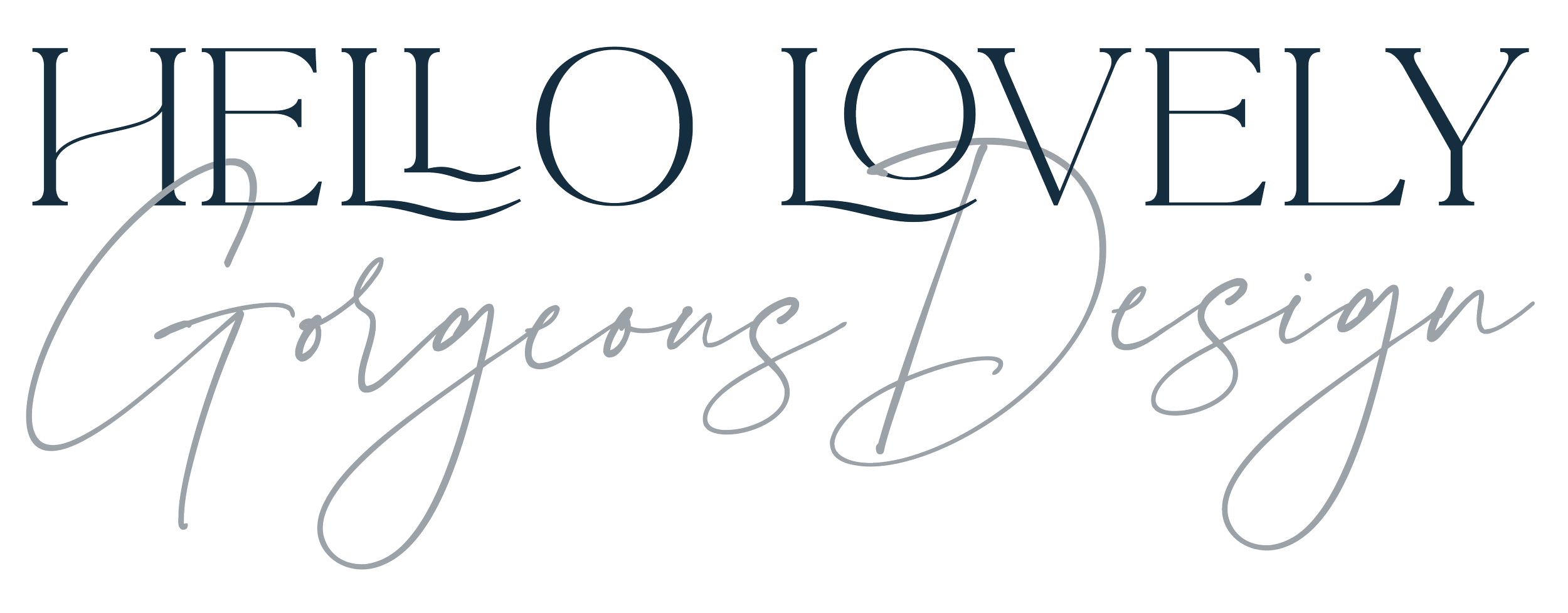How to page plan a book or magazine to save money and time
Page planning is a key part of any multiple page document. It’s a guide for all the people who form part of a project and a really useful overview for designers, editors and authors. A page plan can:
identify any blank pages at the start of book
plot out any content still to come and show where it needs to go
save money if you set it up in 8 or 16 page sections
guide a designer or typesetter
save money on print by allowing you to see odd sections (anything page extent that’s not divisible by 4*)
*Top tip: Saddle stitched, perfect-bound, and case-bound (hardcover) books have an interior page counts in multiples of four. This is because the pages of your book will be printed on large sheets, called parent sheets. The sheets either hold 8, 16, or 32 pages, depending on the size of your book. Do you notice how these numbers are all multiples of four? This ensures you won’t be left with any blank pages when the parent sheets are folded. The multiple of four rule does not apply to wire bound projects, spiral bound projects, and board books. These books are bound differently, and folded sheets are not used to create the pages. Pages for these projects must only be in multiples of two.
You can sketch out the above diagram on paper or draw it up with appropriate software, and label the pages as you wish. The best way to start with any book is to copy what’s already out there! Look at different prelim sections (the term used in publishing for the section that falls after the cover and before the main text) and endlims (all the content at the back such as index, credits) and use those as your guide. For books I tend to only create a page plan for the prelims and endlims unless there’s a need to start chapters or units on double-page spreads in which case it can be useful to create the whole book.
Page sections are in multiples of 4, 8 or 16
Most types of binding require books to be printed with interior page counts in multiples of four. The pages of your book are printed on large sheets called parent sheets. These comprise 8, 16, or 32 pages, depending on the size of your book and the press. All are multiples of four.
After printing, sheets are folded and inserted into your book as one whole unit. As each set of four pages is actually just one large sheet of paper, that are folded and trimmed, books must have pages in multiples of fours. A page plan can help to decide if blank pages should be strategically added to the front or back of your book to meet this need without impacting your pagination, or the order in which your pages appear.
The multiple of four rule only applies to saddle stitched, perfect-bound, and case-bound (hardcover) books.
Page plans help to calculate word counts
If it’s early stages of the book projects then I can run in placeholder text to give the author an idea of the word count per page so they have an idea of how many words to write for each chapter or unit. There are so many reasons why you should line up your book designer early - and this is one! (FYI clear scheduling, popularity of us designers, and early cover completion for pre-publication marketing are other reasons!)
In magazines, I use a page plan to map out the entire set of pages. If it takes in advertising, I’ll divide the page into quarters to add in space for an advert whilst usually acting as relationship guidance between editors and sales teams who all want more space!
How a page plan works in the Hello Lovely workflow
I create page plans for my clients in Indesign and then export as as PDF so they can collaborate with me on this. I’ll hold onto the master so that I can keep a check on what’s moving and alert the teams to any changes.
Need more advice?
Click here to download a blank page plan with a cover section and inside pages.
For more detailed advice you can book my time on my calendar here and subscribe to my newsletter here.

